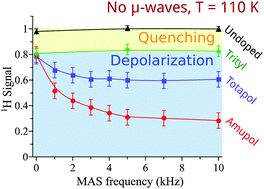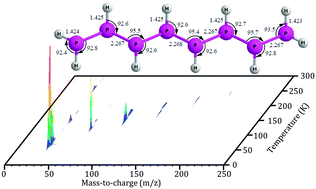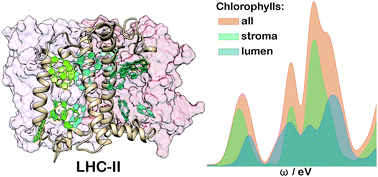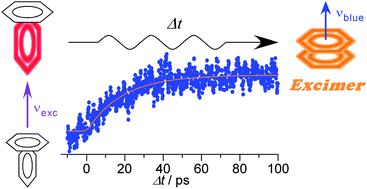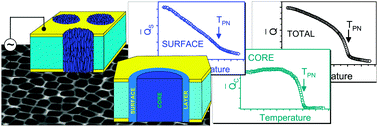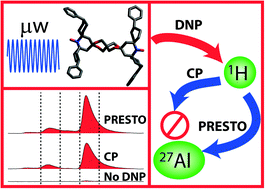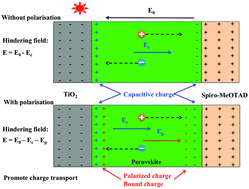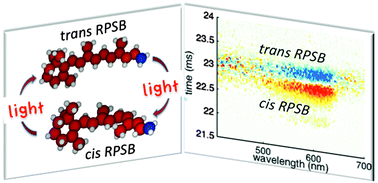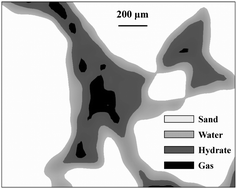
PCCP is pleased to support the 2016 Royal Australian Chemical Institute Physical Chemistry Meeting to be held February 2-5, 2016 at the University of Canterbury, Christchurch, New Zealand.
The RACI Physical Division spans all aspects of physical and theoretical chemistry, including mass spectrometry, optical spectroscopy, surface chemistry, condensed phase chemical physics, chemical kinetics, biophysical chemistry and theoretical and computational chemistry. The Division was established in 1974. Regular stand-alone Physical Chemistry Divisional conferences started as the Australian Conference on Chemical Reaction Dynamics in 1983, before broadening to their current form, covering all aspects of Physical Chemistry in 1995.
The aim of this conference is to gather physical chemists from Australia and abroad to discuss their latest research. The conference will feature presentations from renowned plenary and keynote speakers from Australia and abroad, with speakers from University of Notre Dame, University of Toronto, Imperial College, London, Massey University and the Max Planck Institute for the Structure and Dynamics of Matter, Hamburg.
Keynote speakers
Associate Professor Tak W. Kee
Dr Alison Funston Dr Jane Allison
Professor Evan Bieske
Professor Greg Metha
Plenary Speakers
Distinguished Professor Peter Schwerdtfeger
Professor R.J. Dwayne Miller
Professor Natalie Stingelin
Professor Prashant V. Kamat
Professor Rebecca Jockusch
Registration is still available. For more information please visit the conference website.











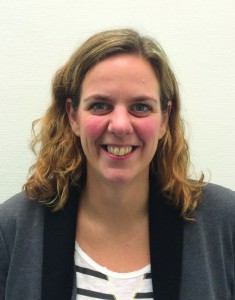

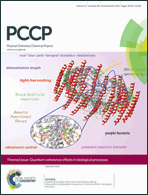
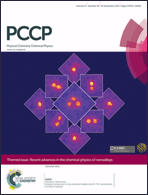

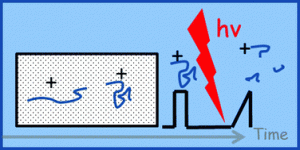
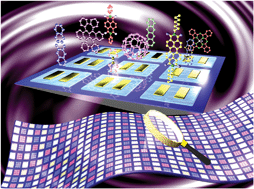
![banner-font-03-01[1]](https://blogs.rsc.org/cp/files/2015/09/banner-font-03-011-300x59.png)
